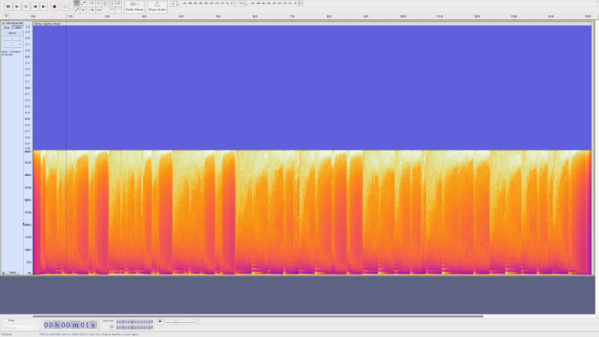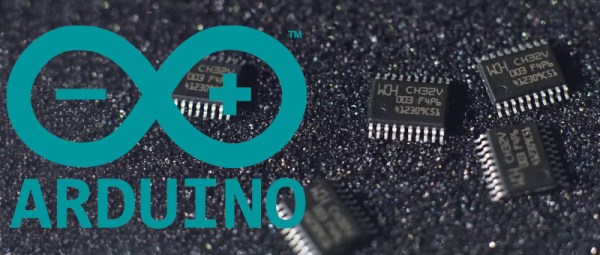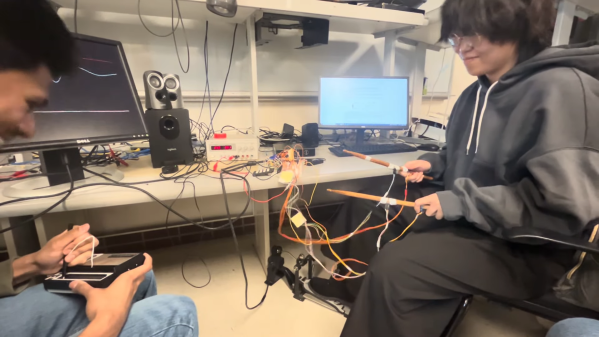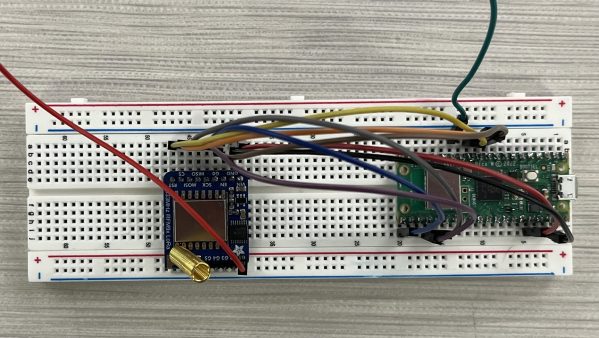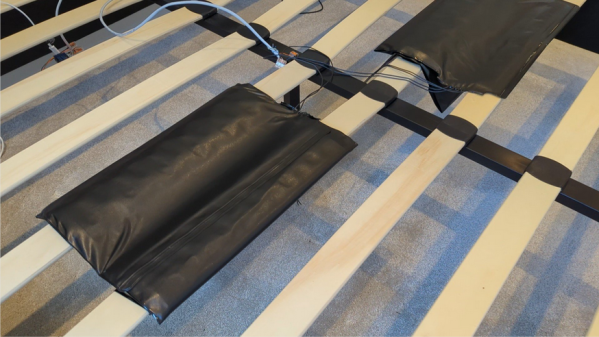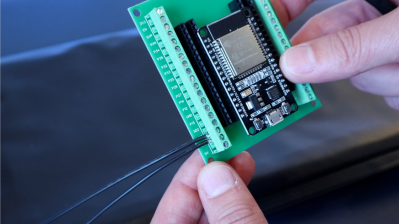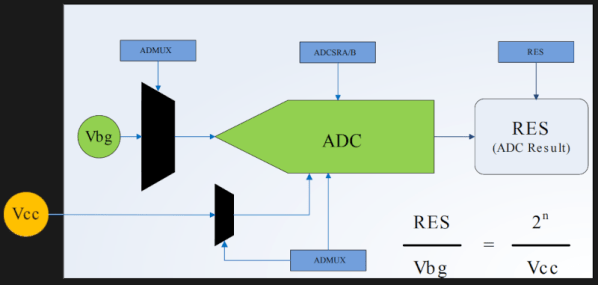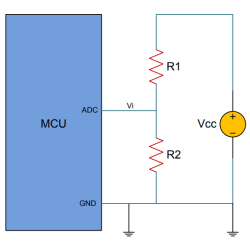Ever notice that the ESP32-S3 doesn’t have a digital-to-analog converter? [Chris] did and asserts that he doesn’t care because he can just use the PDM system to get the same result. PDM — pulse density modulation — is similar to PWM and, like PWM, requires a filter that could range from a simple RC network to an active filter. You can see the result in the video below.
There are several ways [Chris] could produce the output he wanted. PWM was one choice, and some example code uses a timer to do PDM. However, that is not very efficient. The other alternative is to use the I2S output. However, this does require a few workarounds.
In particular, the I2S output is always stereo and incorporates a clock output that isn’t needed for this application. [Chris] simply output the same value on both channels and routed the clock to some pins that are normally used for startup options. That means they can’t easily be used for your own inputs, but it’s OK to use them for unimportant outputs.
We always enjoy seeing solutions like this because it can give you ideas for use in your own projects. Of course, this won’t apply to every project where you need a DAC, but it still might give you some ideas.
We have looked at PDM before. You could, too, build your own DAC hardware.

